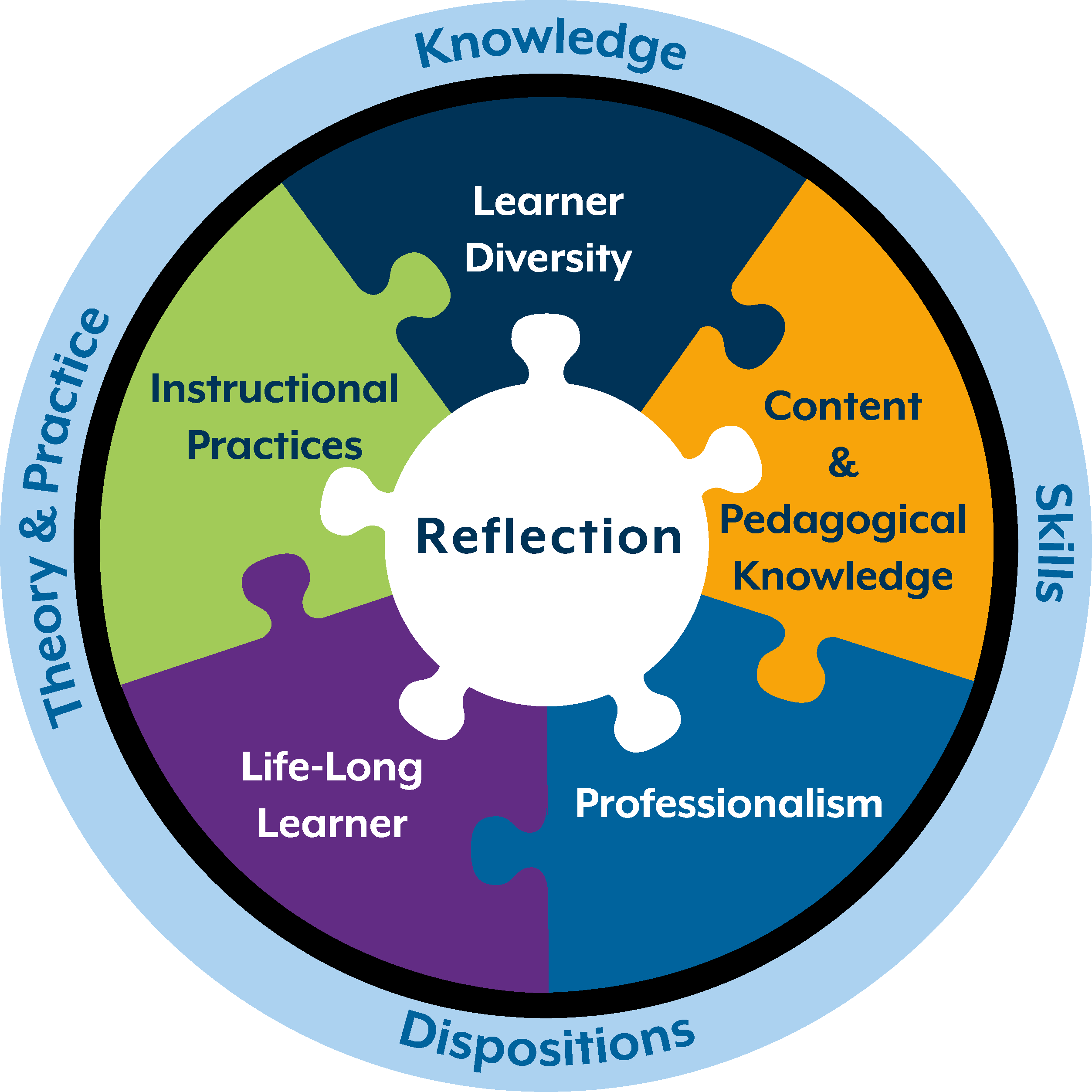Explore these tabs to learn more about UMA’s Education program.
Application Process
- Submit your application to UMA via ApplyMaine or the Common App.
- Upon admission to UMA, you are asked to contact Stephen Allan in the advising office. If none of the listed times work, please email (stephen.allan@maine.edu) or call (207.621.3348) so you can find an appropriate time to meet.
- At the meeting, Stephen will go over your anticipated program of study and answer any questions you may have.
Conceptual Framework
The conceptual framework for teacher education at UMA reflects our vision for the preparation of effective teachers. It is focused on a set of interlinking themes or core values: learner diversity, content and pedagogical knowledge, instructional practices, life-long learning, and professionalism, with reflection at the heart of these values. These are bound together by the essential elements of dispositions, knowledge, skills, and theory/practice. The conceptual framework provides direction for and are reflected in programs, courses, teaching, and field experiences.

Core Values
Reflection
At the heart of UMA’s conceptual framework is reflection. UMA teacher graduates analyze their teaching through personal reflection, collaboration with colleagues, investigation of research, and engagement in professional development. They reflect deeply on their pedagogical approaches and make appropriate adjustments to benefit students
Diversity
Teacher graduates at UMA acknowledge and respond to learner diversity and needs. They honor and respect all students, their individual circumstances, and cultural backgrounds. They design and employ assessments to gather data on students’ background, needs, and personality traits as related to learning and use this data to inform instruction. UMA teacher candidates apply their understanding of child/adolescent diversity, development, and learning to the teaching process and enact culturally responsive teaching practices. They create inclusive, nurturing learning environments and employ principles of universal design to the classroom environment and curriculum. They recognize families and community partners as partners in providing an inclusive, culturally responsive, and safe teaching environment)
Content Knowledge
Teacher candidates at UMA project confidence in their content knowledge. They understand and apply content knowledge to real world situations and provide students with opportunities to practice and demonstrate mastery of knowledge in authentic ways. They demonstrate their knowledge of current evidence-based, creative, and critical thinking processes/practices of the discipline and use multiple means of assessment to guide instruction and to monitor student learning.
Pedagogical Knowledge
UMA teacher candidates’ instructional practice supports all students by taking into consideration readiness, cultural contexts, and demands of the discipline being taught. They employ instruction that supports transfer of skills and knowledge to other disciplines and connects learning to authentic and relevant situations. Their instructional strategies are varied, multi-modal, and encourage constructivist learning.
Professionalism
UMA teacher graduates practice professional habits of mind by designing, implementing, reflecting, and modifying instruction to best support learning. They collaborate with colleagues to develop sound instructional practices. They model the knowledge and skills necessary to function as respectful global and digital citizens and mentor students in the learning of content knowledge and in developing personal goals. UMA teacher graduate adheres to a code of ethics that is aligned with current law and policy and demonstrate professional standards of practice
Life-long Learner
UMA teacher graduates lead by example as a life-long learner. They model appropriate academic habits, continuously seek opportunities for professional development and accept leadership roles in the school and community in order to develop, hone, and share pedagogical growth.
Instructional Practices
UMA teacher candidates enact current and pedagogically sound instructional practices. They use technology wisely to support and enhance student creativity, innovation, and learning. They employ evidence-based instructional and assessment practices and monitor student growth with multiple measures that inform instruction. They collaborate with students to create a community centered around learning.
Essential Elements
Dispositions
Teaching is more than knowing content, planning strategies, and instruction. Teachers must also embrace the values, commitments and ethics required of a professional educator. We expect our teacher candidates to exhibit exemplary behavior in and attitude to five distinct dispositions: Professional Competence and Conduct, Culturally Sustaining and Inclusive Teaching, Communication, Self-Reflection, and Professional Growth and Collaboration.
Knowledge
Knowledge encompasses core liberal arts competencies, specific disciplinary content, a strong understanding of pedagogy, multiple methods of teaching, technologies for teaching and learning, and diverse and comprehensive teaching materials as well as the understanding of learning processes, learning differences, and student motivation. Through a strong liberal arts core, UMA teacher graduates develop and demonstrate competence in oral and written communication, computer literacy, critical thinking, quantitative reasoning, ethical reasoning, natural science inquiry, social sciences, humanities, fine arts, information literacy, and cultural diversity. In education and content specific classes they gain knowledge of discipline-specific instructional methods, classroom management, child and adolescent development, literacy, and discipline-specific content knowledge. UMA teacher graduates have a clear understanding of the interconnectedness of these funds of knowledge.
Skills
Skills comes from one’s knowledge, practice, aptitude, and dispositions. UMA teacher graduates display the skills of patience, confidence, adaptability, teamwork, leadership, and imagination as well as skills in teaching, motivation, and mentoring. UMA teacher graduates are adept at problem solving.
Theory and Practice
UMA’s teacher education program values praxis, the combination of theory and practice (Freire, 2018). UMA teacher graduates demonstrate a deep knowledge of the various theoretical approaches to teaching, an understanding of how theory is enacted in the classroom, and a commitment to constant reflection individually and with others in order to continually assess theoretical stances and teaching practice. They understand that action without reflection is an unmindful and uncritical approach to teaching.

